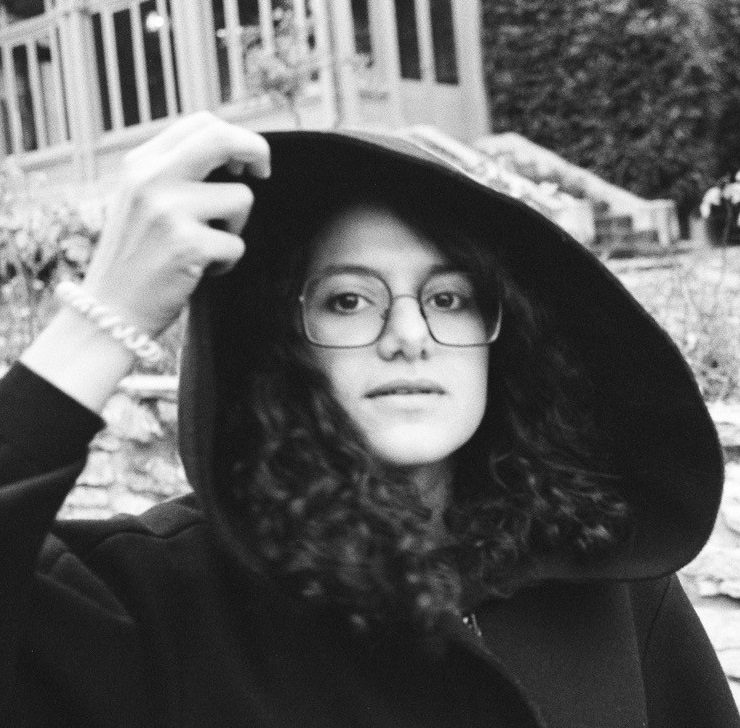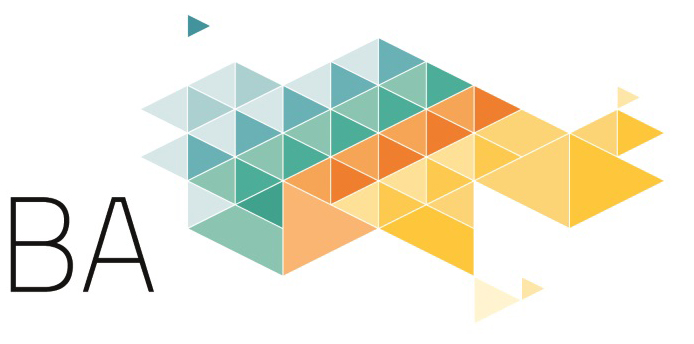Btihal Remli
 Btihal Remli
Btihal Remli

Short Bio
Btihal Remli is a visual storyteller focused on art and documentary photography. She completed a Master Degree in Architecture from the Academy of Fine Arts in Vienna, Austria. Her master thesis for graduation was a photography book about the cultural spaces in Morocco within the context of Spacial Theory in order to depict how a structural space can emerge out of a ritual, and how the ritual can transform a public space into a private one.
Btihal Remli, was born in Germany in 1987 and is of Moroccan descent. Remli explores stories related to identity, religion and belief, gender and socio-cultural representation in her home country. She has also attempted to convey the juxtaposition between her German identity and Moroccan deeply rooted origins. In working with the Cluster the successful artist hopes to tap into her roots even more: “I have been raised as a Muslim-Moroccan woman in Germany, so I do belong to the African diaspora. But diaspora is not only a complex term to begin with, the diaspora itself is like a complex organism that has so many aspects and layers to it, which I hope to unravel, discover and get to know better. I am excited to learn more about this subject and deepen my knowledge through the exchange with advisors and other students. Being part of this program allows me to get access to this knowledge and I hope that through this experience I can share new perspectives on migration and to actually enrich the current popular discourse on migration.”
To access the vernissage by Btihal Remli, please click here.

Project Description
The Migration of Djinn
Djinn are an important part of Islamic belief. Mentioned in the chapter Al-Djinn in the Quran, they are described as creatures made out of smokeless fire, taking animal or human form while having neither inherently bad or good qualities. According to Islamic texts, djinn are able to possess humans and to control their behavior. Fits of anger, seizures, speaking in tongues, physical and mental illness and even social misfortunes are said to be the workings of the djinn. At the same time, they can act as a sufficient excuse for problems that are difficult to defend in the eyes of a judgmental society.
Devoid of their original context, cultural beliefs and practices, once they are dislocated, take on new meanings. Focusing on the migration of the belief in djinn among Maghreb-Muslim communities in Europe, “Dijnn Diaries” explores the complexities of the immigrant experience. No longer practiced within their original contexts, the belief in the existence of djinn becomes a subject of personal adaptations and modifications. Combining photography with audio, text and maps, the project scrutinizes the migration of djinn culture and its role in influencing the immigrant experience, emphasizing the importance of oral narration in keeping cultural beliefs and practices alive.
As a photographer and visual storyteller, I have always been intrigued by the hidden forces that shape cultural practices and influence social behaviors. Driven by a need to understand the reasons that fuel these hidden forces, my work is dedicated to capturing stories that center around belief, superstition and reality. In this respect, my identity as a Moroccan woman raised in a Muslim family is crucial: documenting the widespread belief in the existence of djinn and the role that they play in shaping Moroccan culture and social norms means to focus on personal matters in a professional and artistic way.

